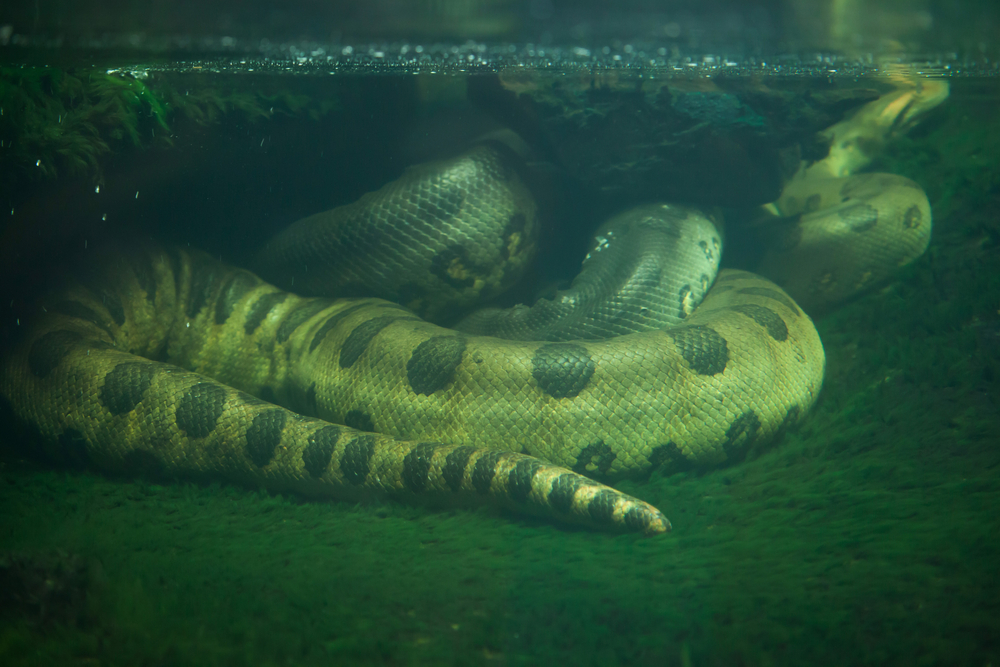Largest Snake Species in the World Discovered.
Others are reading now
Scientists have discovered a giant green anaconda species in the Amazon, which they claim can reach up to 7.5 meters in length and weigh nearly 500 kilograms, making it the largest and heaviest snake ever known in the world.
Until now, four species of anaconda were recognized, with the largest – the green anaconda – residing in tropical parts of South America, such as the Amazon, Orinoco, and Essequibo rivers.
These anacondas, found in the rivers and wetlands of South America, are known for their lightning speed and ability to kill their prey by coiling around it, suffocating, and then swallowing it whole.
A recently published study, which spanned decades, revealed that the green anaconda is genetically two different species. Researchers collaborating with the indigenous Waorani people captured and studied several samples of the northern green anaconda (Eunectes akayima) in the Bameno area of the Ecuadorian Amazon.
Also read
The species was discovered during the filming of the Disney+ National Geographic series Pole to Pole with Will Smith.
Scientists recorded several anacondas belonging to the new species “lurking in the shallows, waiting for their prey” as they paddled in canoes on the Amazon.
“The size of these creatures was incredible – a female anaconda we encountered had the astonishing length of 6.3 meters,” said study author Bryan Fry from the University of Queensland. “There are unofficial reports from the Waorani people of other anacondas in the area that are longer than 7.5 meters and weigh about 500 kilograms,” Dr. Fry stated.
The new species, described in the journal Diversity, diverged from the until recently known southern green anaconda about 10 million years ago, differing genetically by 5.5%.
To put this into perspective, humans differ from chimpanzees by only about 2%.
This discovery, according to researchers, is crucial for the conservation of anacondas, which are top predators essential for maintaining balance in their ecosystems.
A healthy anaconda population means their ecosystems are alive with abundant food resources and clean water.
“Therefore, knowing which anaconda species exist and monitoring their numbers is vital,” researchers write in The Conversation.
Anacondas are increasingly threatened by land fragmentation caused by industrialized agriculture, forest fires, drought, climate change, and pollution from heavy metals associated with oil extraction activities leaks.
“Particularly urgent is the research on how petrochemical substances from oil spills affect the fertility and reproductive biology of these rare snakes,” stated Dr. Fry.



